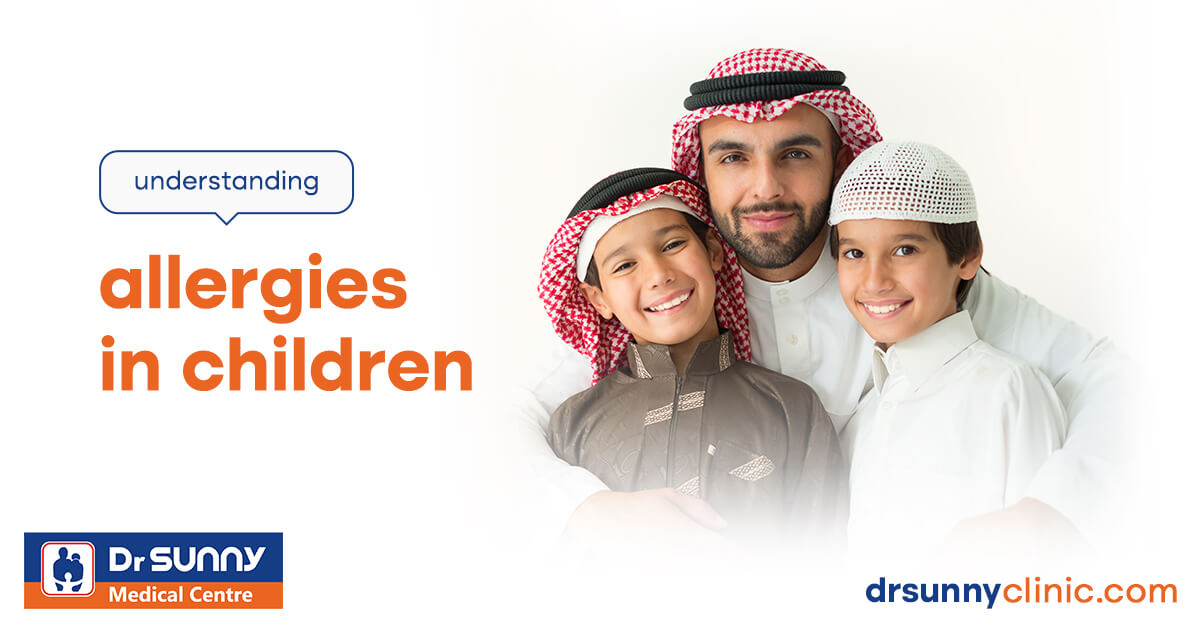
Understanding allergies in children
Childhood allergies are a common concern for parents. Allergies occur when a child’s immune system reacts to substances that are usually harmless, known as allergens. In this post we will provide you with a clear understanding of childhood allergies, their common triggers, symptoms, diagnosis, management, and prevention strategies.
Common Allergens in Children
Food Allergies: Common food allergens in children include milk, eggs, peanuts, tree nuts, soy, wheat, fish, and shellfish.
Environmental Allergies: These allergies are often triggered by common household allergens such as pollen, dust mites, pet dander, and mold.
Medication Allergies: It’s important to be aware that some children may be allergic to certain medications.
Recognizing Allergy Symptoms in Children
Allergic reactions can manifest in various ways, including:
- Skin reactions like hives or eczema.
- Respiratory symptoms such as sneezing, coughing, wheezing, or nasal congestion.
- Digestive issues like stomachache, diarrhea, or vomiting.
In severe cases, allergies can lead to anaphylaxis, a life-threatening reaction characterized by difficulty breathing, swelling of the face or throat, and a drop in blood pressure. Anaphylaxis is a medical emergency.
Diagnosing Childhood Allergies
If you suspect your child has allergies, it’s crucial to consult a pediatrician. Diagnosis often involves:
- Skin prick tests.
- Blood tests to measure specific antibodies.
- Elimination diets for food allergies.
Tips to manage allergies
Allergen Avoidance: Identifying and minimizing exposure to allergens in your child’s environment.
Medications: Antihistamines and decongestants may be prescribed by our pediatrician.
Immunotherapy: Allergy shots or oral immunotherapy can help build tolerance to specific allergens over time.
How to prevent childhood allergies?
- For food allergies, consider breastfeeding and delay introducing high-risk foods.
- Reduce allergen exposure in your home by using allergen-proof covers for pillows and mattresses for dust mite allergies.
You can collaborate closely with our pediatrician to create a personalized management plan tailored to your child’s specific allergies. Early diagnosis and proper management can help children lead a healthy and allergy-controlled life. If your child shows any symptoms of allergy or has existing allergies schedule an appointment with our specialist pediatrician.
